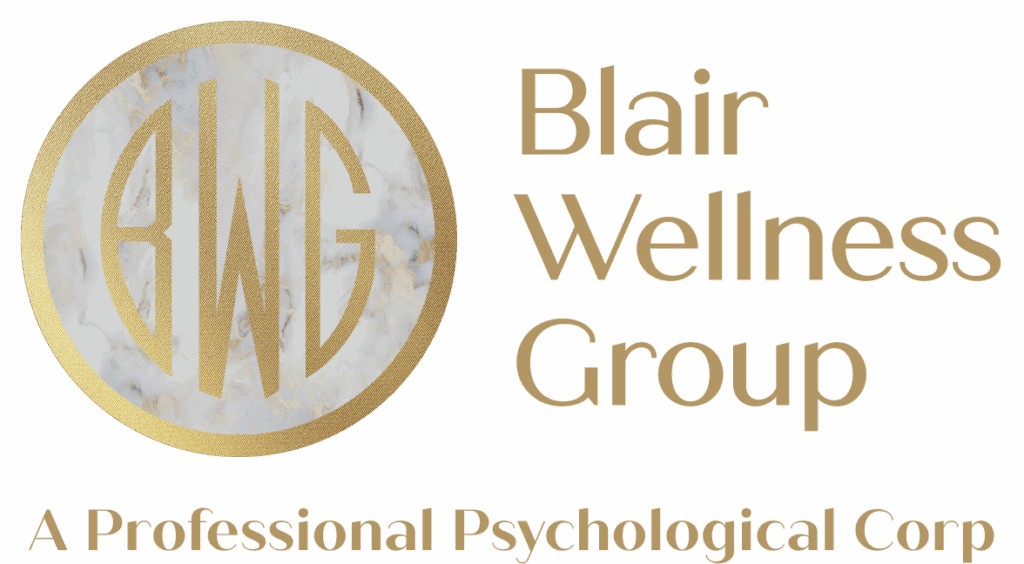Definition: Attention-deficit/hyperactivity disorder (ADHD) is defined as “a brain disorder characterized by an continuing pattern of inability to focus attention often accompanied by hyperactivity/impulsivity which interferes or disturbs functioning.”
-
Inattention or lack of ability to focus attention makes it difficult to focus on a task for a period of time. Focus wanders resulting in disorganization and lack of progress and accomplishment. Defiance and/or lack of comprehension is not a factor in this form of inattention.
-
Hyperactivity is a condition in which one is constantly in motion inappropriate to the time and place, fidgeting, regular hand or leg motion, and/or excessive talking, and general restlessness.
-
Impulsiveness means taking actions with incomplete forethought or preparations. Unexpectedly doing things “on the spur of the moment.” Further, this often occurs without regard to potential danger or harm. It is a desire for instant gratification and a need for immediate rewards. Interrupting the conversations of other people often occurs. Decisions are often made without the consideration of long-term consequences.
Signs and Symptoms
It is the three characteristic behaviors, Inattention, hyperactivity, and impulsivity, which are the most identifiable elements in ADHD. Some people may demonstrate only one of these behaviors, but other people may demonstrate all three. It is typical of children to demonstrate all three behaviors.
While some inattention is normal, when it becomes noticeable and effects the individual’s interpersonal, social, or job activities, it becomes a negative ADHD factor.
In people representing ADHD symptoms, the behaviors of inattention, hyperactivity, and impulsiveness are presented as more severe than non-ADHD people. These symptoms occur more regularly. What is also important is the fact that these behaviors have the result of reducing or interfering with the ability of the ADHD individual to function normally in social situations, at work, or in school
Inattention
Typical and common behaviors for people demonstrating inattention often:
-
Make careless mistakes and/or overlook details at school or at work
-
Experience difficulty in maintaining their attention while playing, at school, at work, and in conversations. They have problems in reading anything of any significant length.
-
They don’t seem to listen or hear when they are being spoken to. They can’t carry on a focused conversation on a single topic for any length of time.
-
Do not listen to or carefully follow instructions.
-
Have difficulty in completing tasks at school, on the job, or in social situations.
-
Start work on tasks, but soon lose their focus. They get easily sidetracked.
-
Do not seem to be able to get organized or stay organized. They don’t do things in the normal or expected sequence. Their belongings and work spaces are not organized. They are not good in time management. Thus, they often fail to meet expected deadlines.
-
Do not like tasks that involve focused mental effort and attention. They are not good in working on long-term projects as they cannot stay focused on them to completion.
-
May regularly lose things that are necessary to pursue tasks or in daily life.
-
Are easily distracted and often experience thoughts that change their focus.
-
Are over-reactive to external stimuli
-
Forget things and do not do ordinary things expected, like returning phone calls or messages, doing errands or chores, and keeping appointments
Hyperactivity-Impulsivity
For people demonstrating hyperactivity and impulsiveness, theyoften:
-
Squirm and fidget. They have trouble sitting quietly.
-
Can’t remain seated for typically expected periods of time, such as during a class or in a meeting.
-
Demonstrate physical restlessness, hand actions, foot actions, looking around.
-
Can’t focus on a particular activity for very long.
-
Want to talk constantly.
-
Don’t give someone they are talking to the chance to complete their thoughts. Finish their sentences for them. They don’t wait their turn to talk, but blurt out and talk out of turn.
-
Intrude unexpectedly into conversations, games, or other activities.
Diagnosis:
The ADHD diagnosis requires an array of diagnostic approaches by a licensed psychologist. Critical elements of the diagnosis require the symptoms of hyperactivity, impulsiveness, and inattention, and these symptoms must be chronic not just short-term or temporary. Further, their effect must be the impairment of the functioning of the individual. The symptoms cannot be due to medical or psychiatric conditions or medications.
The symptoms of ADHD can occur as early as ages 3 to 5 and can persist into adulthood. In children and adolescents in school or home, the condition may be the source of disciplinary problems. The behaviors of impulsivity, restlessness, and inattention persist into adulthood. Adults with ADHD often are characterized by poor performance in academic situations, problems in the work environment, and conflicted or problematical interpersonal relationships.
Risk Factors for ADHD:
While it is not certain what causes ADHD, there are certain factors which can contribute to it:
-
Genes: often ADHA behavior is found in family lines
-
The use of alcohol, smoking, and drug use in pregnancy
-
Prenatal environmental toxins, such as lead, exposure
-
Low weight at birth
-
Certain injuries to the brain.
The incidence of ADHD is more common in males than in females, but females with ADHD tend to focus in the area of inattention. There are further conditions which may accompany ADHD, such as anxiety disorders, learning disabilities, drug abuse, and conduct disorders.
Treatments:
There is not “cure,” as such, for ADHD. However, a number of treatments can contribute to behavioral changes. Typical treatments are psychotherapy, education/training, medication, and some combination of these treatments.
Psychotherapy:
Psychotherapy for ADHD patients contributes to insights about behavior and associated coping mechanisms.
Behavioral treatment:
Behavioral treatment has as its objective to assist the patient in recognizing ADHD behavior and determining approaches to changing it. This could involve varying kinds of practical assistance, such as in focusing on the completion of projects and tasks and/or approaching and coping with emotionally-charged circumstances. Critical elements of behavioral treatment focus on self-monitoring of behavior and the development of a system of praise and rewards for correct behavior in, for example, the controlling of anger and thinking things out before acting.
Family members can learn forms of positive and negative feedback to assist the ADHD patient in self-monitoring. Such assistance can involve the creation of rules, lists of required activities which must be completed, various structured routines around activities in daily life.
One approach in psychotherapy is cognitive behavioral treatment which teaches the patient personal mindfulness. Meditation can also be useful. It is necessary for the patient to learn to be aware of their emotional states, what generates, stimulates, and motivates them, and how they can be encountered and appropriate responses. It can include training in learning to think before acting and learning to recognize and avoid unnecessary risks.
Additionally, family and marital treatment can aid the patient and immediate family on encountering, reacting to, and amending disruptive behaviors.
Thus, ADHD represents a psychological problem which can be the source of a number of personal, academic, and career problems, but there are a number of treatments which can be effective in alleviating many of these problems and to aid the patient in developing positive coping mechanisms.
Dr. Cassidy Blair is a renowned Licensed Clinical Psychologist and trusted Performance Coach who specializes in providing Concierge-Psychological Care and Executive Coaching for high-achieving professionals. With a deep understanding of the unique challenges faced by CEOs, executives, entrepreneurs, and leaders, Dr. Blair offers tailored, confidential care designed to foster emotional well-being, personal growth, and professional excellence. Her clientele values her discretion, clinical expertise, and emotionally intelligent approach to navigating complex personal and professional dynamics.
- This author does not have any more posts.




